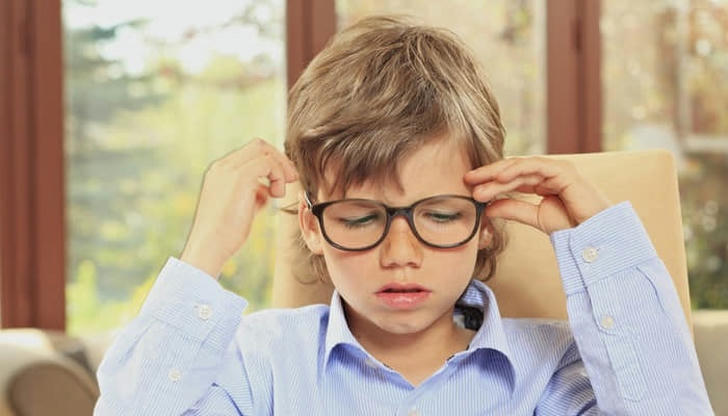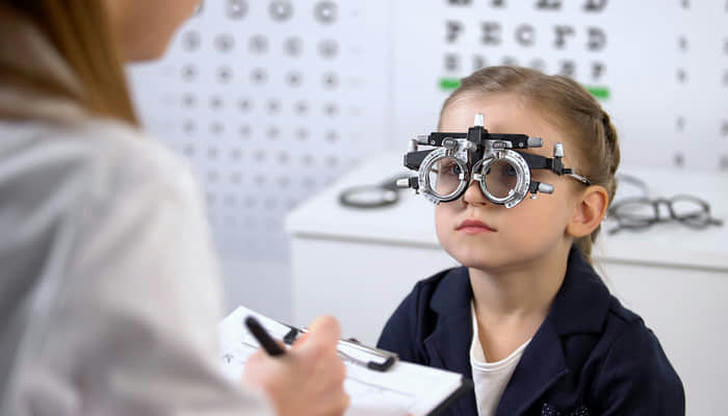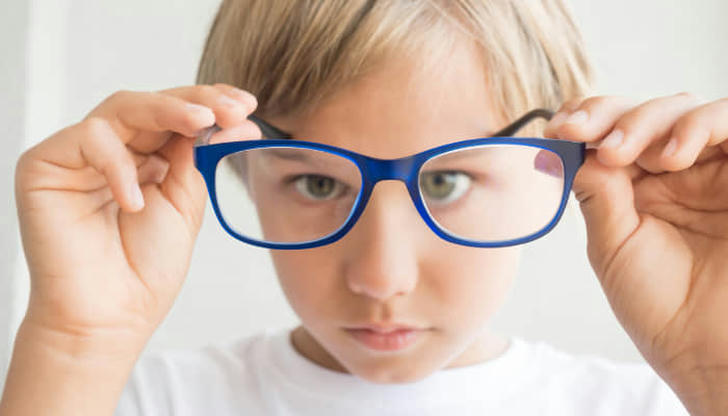How Can You Protect Your Child’s Vision?
Have you noticed that more and more kids nowadays are having a tough time seeing things from a distance? Are you curious about the early warning signs? How can you tell if your little one's eyesight might be at risk? And what steps can you take to safeguard their vision? Well, Dr. Stuart Keel has got all the answers in a conversation you definitely want to tune into. The early signs that might be flying under the radar for parents, teachers, and other adults.
Subtle indicators of vision issues in kids.

They might be rubbing their eyes frequently, squinting, or even closing one eye to see better. You might also notice them holding books or screens super close to their face, or inching closer to the TV for a clearer view. And if they're not doing as well in school as expected, that could be another clue. If you spot any of these signs, it's a good idea to schedule a thorough eye check-up for your child to delve deeper into the matter.
The causes and risk factors behind this surge in nearsightedness among kids

Did you know that roughly 20% of the world's population—that's nearly 2 billion people—are dealing with nearsightedness? That's a hefty number, and there are several factors at play here. Unfortunately, one of the risk factors is something we can't really control: genetics. If either parent—or both—have nearsightedness, there's a higher chance their child might inherit it too. The other group of risk factors that are really intriguing and crucial for us to keep in mind: lifestyle factors. Recent research has shed light on how activities involving close-up work—like staring at screens or reading for long stretches—and spending less time outdoors can significantly up the risk of developing and worsening nearsightedness. Kids are diving into digital devices at a young age these days, which definitely plays a part. But there are steps parents can take.
One of the most crucial ones is getting their child a thorough eye check-up, even if they already wear glasses.

When it comes to nearsightedness and farsightedness in childhood, prescriptions often evolve over time. For example, a child's prescription may have altered, rendering their old glasses less efficient. Staying updated with these changes is key to ensuring their vision remains sharp and clear.
Here are several proactive steps parents or caregivers can take to ensure their child's eyesight stays sharp and clear, steering clear of nearsightedness.

Recent research underscores the importance of spending just 90 minutes outdoors during daylight hours as a shield against myopia in children. It's fascinating to note that ample outdoor playtime acts as a powerful defense against nearsightedness. While the exact reasons are still being explored, one theory suggests that the abundance of natural light aids in the healthy development of the eye. So, encouraging your kids to spend quality time outside, whether it's kicking a ball around or exploring nature, is a key takeaway for preserving their vision. Another important step is to reduce the time spent on close-up activities, such as excessive device use. This can be challenging, especially considering our current circumstances. However, research strongly indicates that this is a major risk factor for the development of nearsightedness. Lastly, Dr. Stuart Keel underlines the crucial need for parents to motivate their children to wear their glasses consistently if they require them. Despite a common misconception suggesting that wearing spectacles could deteriorate a child's vision, this notion is unfounded. On the contrary, wearing glasses ensures that your child's vision remains as clear as possible, preventing any unnecessary strain on their eyes. It's all about supporting their visual well-being for the long haul.

